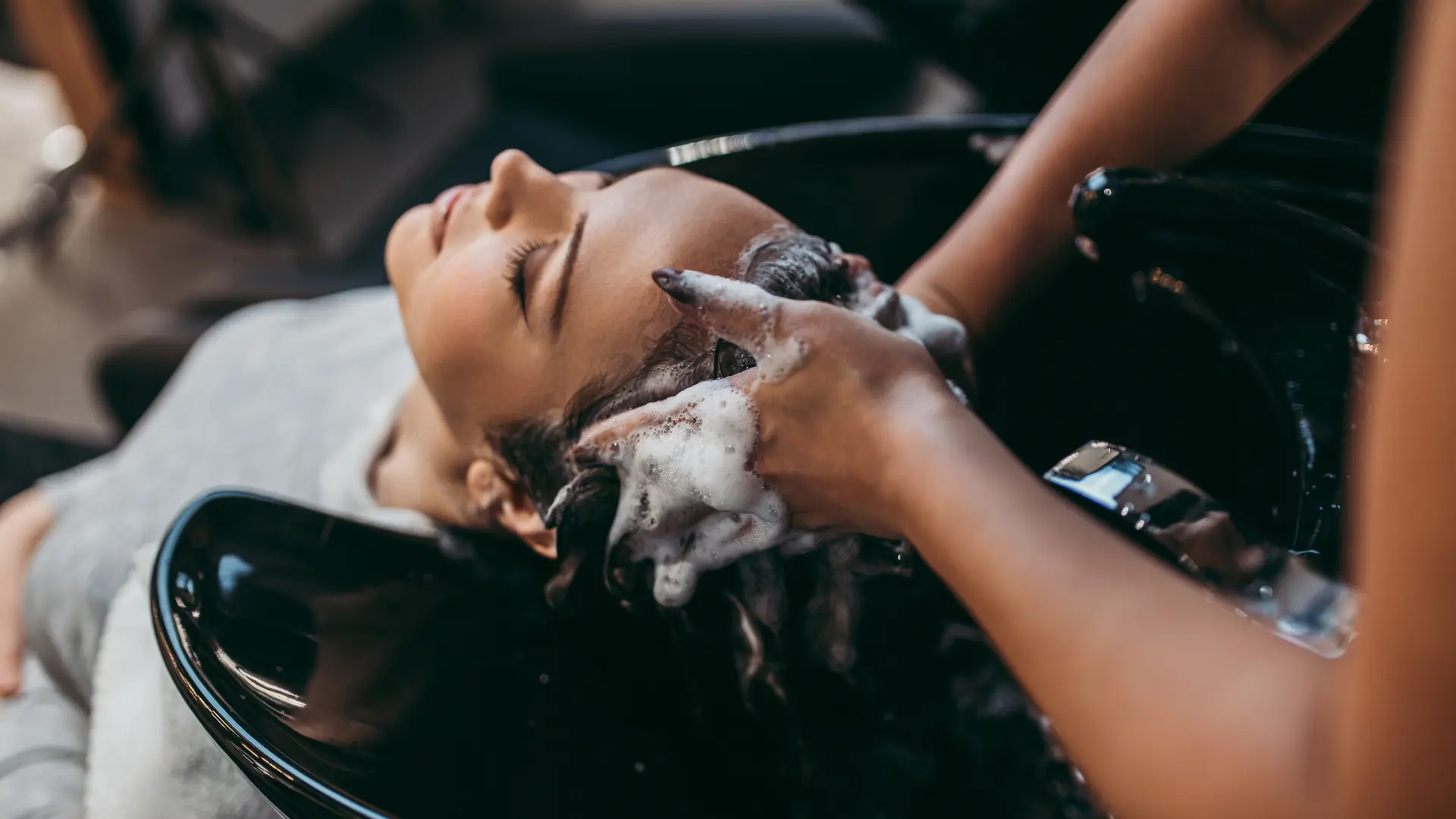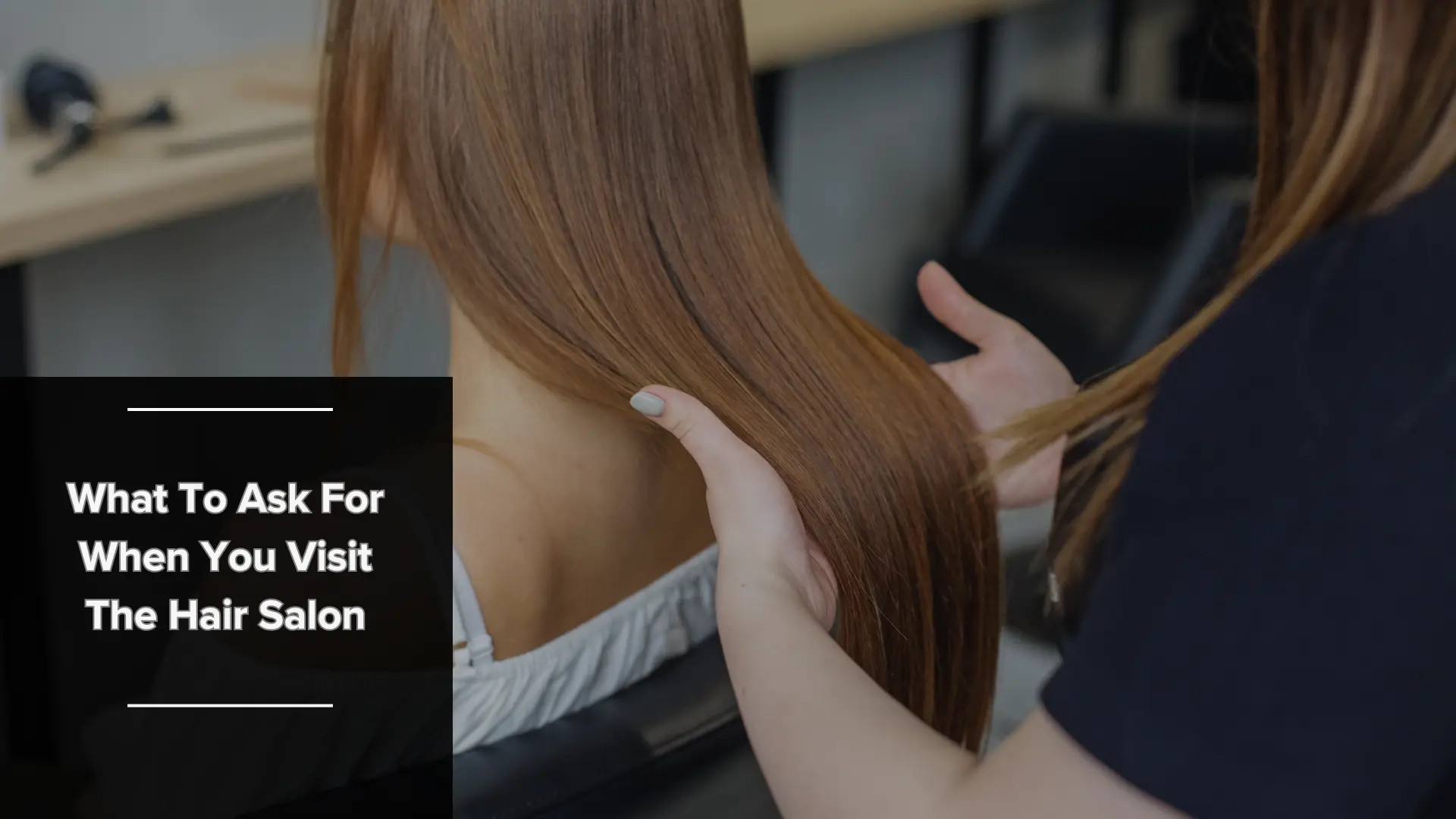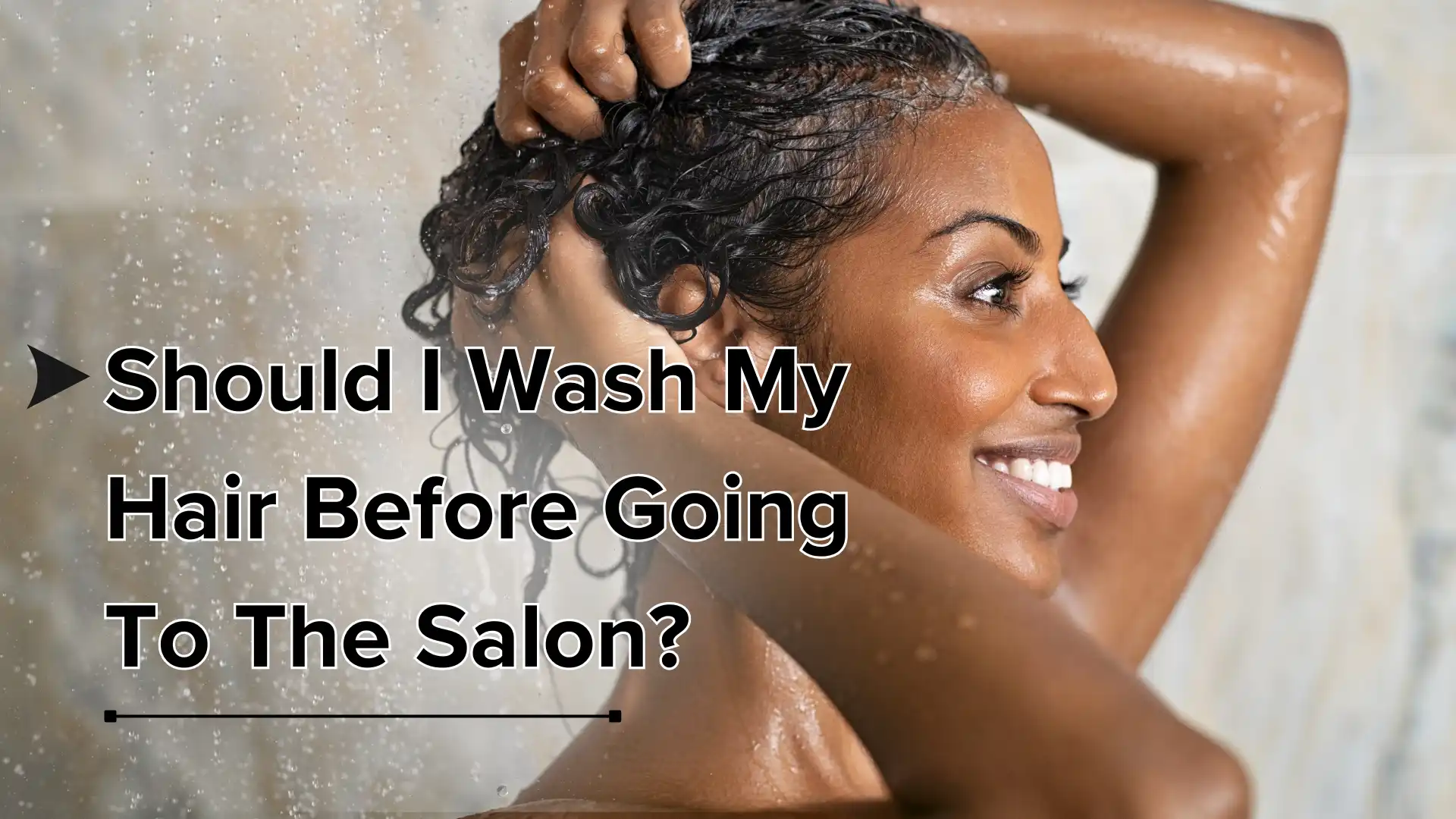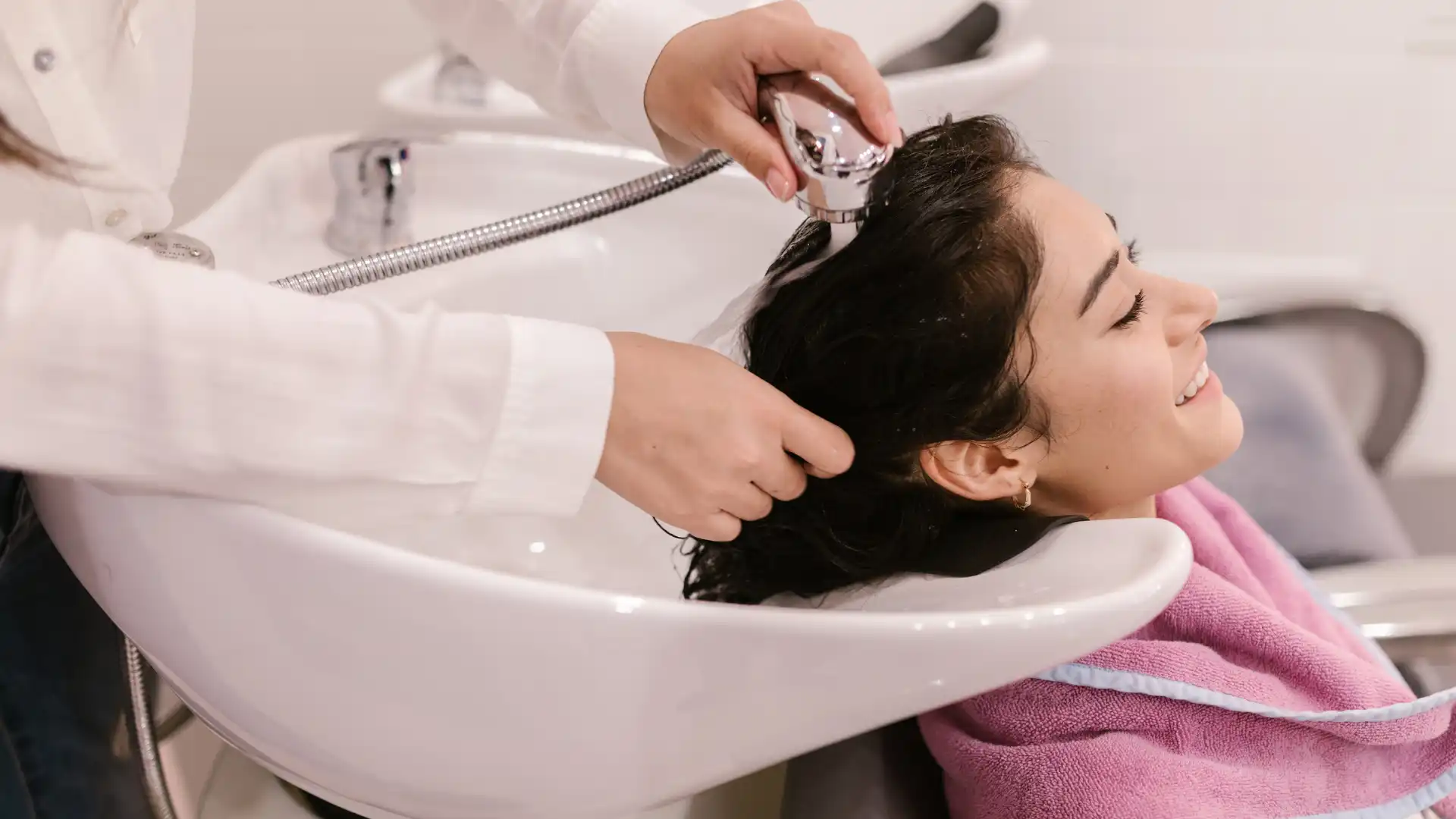When you visit a hair salon, especially one you haven’t been to before, knowing what to ask for can make all the difference in achieving your desired look. By asking your hair stylist the right questions, you’re making sure that you’re both on the same page and that you’ll leave the salon feeling satisfied and confident.
Questions to Ask Your Hair Stylist
Before your stylist begins working on your hair, clearly communicating what you’re looking for is essential. If you already have a cut, style, and color in mind, great! But if not, your stylist can work with you to develop a look you’ll love. Here are some questions to ask your stylist if you aren’t sure what you want:
What hairstyle suits my face shape?
Understanding which styles complement your face shape can dramatically enhance your look. Ask your stylist to recommend hairstyles that highlight your best features.
What haircut works best for my hair type?
Some haircuts work better with certain hair types. Whether you have straight, wavy, curly, or coiled hair, make sure your stylist considers your hair type when suggesting a haircut.
Which hair color options suit my skin tone?
The right hair color can brighten your complexion and make you look more vibrant. Ask your stylist for color recommendations that will compliment your skin undertones.
Can you show me how to style my hair at home?
Learning how to replicate your salon look at home is crucial for making the most of your new haircut. Your stylist can demonstrate some styling techniques and recommend products to help you maintain your new style.
How often should I come in for touch-ups or trims?
Regular maintenance is key to keeping your hair looking its best. A cut every two months should do the trick to maintain your hair’s length. And if you’re growing it out, cleaning it up every three months is a good idea. However, your stylist may have additional recommendations based on your specific style.
Choosing the Right Hairstyle and Haircut
Choosing a hairstyle involves considering your face shape, hair type, and personal preferences. Here are some popular options right now:
- Face Framing Layers are ideal for adding dimension and movement to your hair. They work well with any face shape and can enhance your natural features.
- Sun-Kissed Highlights are perfect for adding a natural-looking glow to your hair, making it appear as if rays of sunlight are landing on it.
- Short Bobs are great for women looking for a modern, chic appearance. This style works best with oval, round, and heart-shaped faces. Different-length bobs can also work great for other face shapes.
- Long Layers can add volume and texture while maintaining hair length and work well for those with fine hair.
The Right Hair Colors for Your Skin Undertones
When considering a new hair color, choosing shades that compliment your skin’s undertones is essential. Here are some general hair color tips:
- For Cool Undertones – Ash blonde, platinum, and cool brown shades can enhance your complexion without making your face appear washed out.
- For Warm Undertones – Warm shades like golden blonde, caramel, and rich auburn can bring out the warmth in your skin and enhance your overall appearance.
- For Neutral Undertones – Those with neutral undertones can experiment with a wide range of colors. Your stylist can help you pick out your perfect color.
Styling Tips to Maintain Your Look

- Invest in Quality Products – Use shampoos, conditioners, and styling products recommended by your stylist for your hair type. The right product for your specific kind of hair can make all the difference in how your hair looks and feels.
- Learn Basic Styling Techniques – Ask your stylist to teach you how to style your hair easily with a blow dryer, curling iron, or flat iron.
- Protect Your Hair – Make sure to hydrate your hair so it doesn’t become brittle, and use heat protectant before using styling tools.
Therapy Hair Studio in Houston, Texas
Visiting a hair salon should be an enjoyable experience that leaves your hair looking its best. By understanding the questions to ask your stylist, you can make the most of your visit and keep your hair looking great until it’s time to stop in again.
At Therapy Hair Studio, our expert stylists will work with you to craft your perfect look. Whether you already have a style in mind or are looking for suggestions, we’ll provide personalized care that will keep you coming back.







